I have a microcontroller board Datagnss Tiny EVK with an integrated chip TAU1302 (Allystar). I can get a fix with expensive Tallysman antennas in a rural area, with over 30 satellites and SNRs exceeding 40. I can see L1 , L2C, and L5 bands , at will.
A blue LED is supposed to light up indicating that the PPS signal is pulsing after a fix. I have never seen this blue LED turn on, ever. All documention, guides and datasheets for this module indicate that it should simply come on after a fix. I have never seen this happen. With oscilloscope, I measure the PPS line from a molex launch. It is always emitting a 2.5V square wave at 60Hz. It emits that no matter the condition -- indoors, outdoors, fix, no fix. So I know my mechanical circuits are correct.
How do I make this module begin to output PPS? Do I need to send a command of some kind through the RX/TX serial? If anyone has seen something similar with UBlox GNSS modules, please leave a reply, even if it does not match my hardware exactly.

